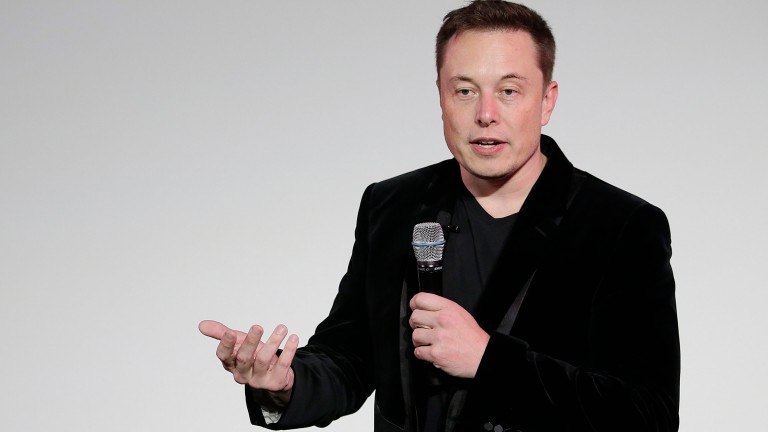During an event in San Francisco yesterday evening, the startup unveiled a sewing-machine-like robot used to implant ultrafine flexible electrodes deep into the brain to detect neuron activity.
We told you so: It pretty much went as we’d predicted. (You can read our senior biomedicine editor Antonio Regalado's own scorecard here.) Neuralink says it has designed ultrafine threads (thinner than a human hair) that can be implanted into the brain to detect the activity of neurons. It’s also developed a robot to carry out the procedure, under the direction of a neurosurgeon. The firm says the robot has implanted threads in 19 animals and was 87% successful, according to Bloomberg. It says it recorded data from 1,500 neurons at once, but it has no real usable data to show yet. (You can watch the full presentation here and read the white paper here.)
Monkey business: The technology has been trialed on rats, but during the event Musk appeared to let slip that it’s also been tested on monkeys. “A monkey has been able to control the computer with his brain. Just FYI,” he said. Neuralink claims its system will eventually be capable of reading, and transmitting, vast amounts of information.
Some background: Elon Musk first announced Neuralink in 2017 with the goal of helping humans compete in a world where artificial intelligence has surpassed them. He’s since invested $100 million into the company.
Next steps: Neuralink plans to start testing its technology on human volunteers during the second quarter of 2020, pending FDA approval. Neuralink will drill four 8-millimeter holes in their skulls and then insert threads that will pass neuronal data to an implant behind the ear. This will then send information to a computer. This time line is highly ambitious and pretty unlikely, to say the least.
But ... why? On stage Musk talked more about merging with a future artificial intelligence. “Even under a benign AI, we will be left behind. With a high-bandwidth brain-machine interface, we will have the option to go along for the ride,” he said, with his usual understatement.
But Matthew McDougall, Neuralink’s head neurosurgeon (dressed in full scrubs, natch), said that the system is “only intended for patients with serious unmet medical diseases” and will target people with complete paralysis due to an upper spinal cord injury. So which is it? In any case, it’s unclear exactly how the implants would treat these sorts of conditions. Neuralink will have to answer that question if it’s ever going to get medical approval.
Correction: This article originally stated Neuralink was founded in 2017. In fact, that is when it was first announced publicly. It was officially founded in July 2016.

